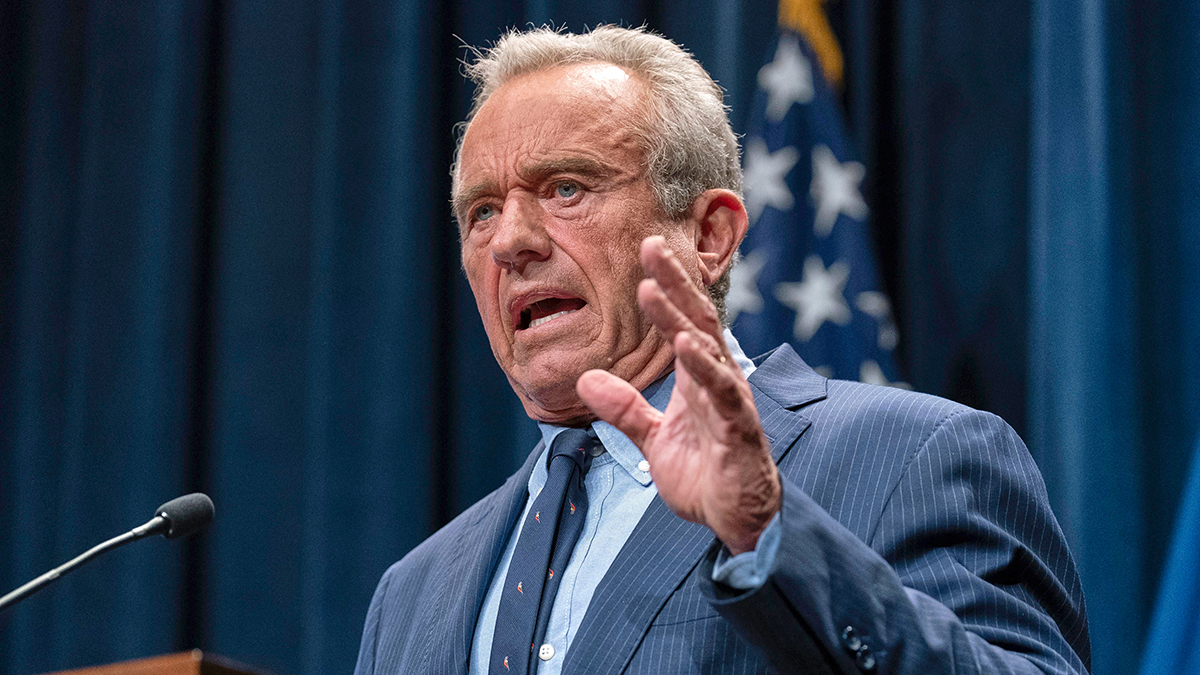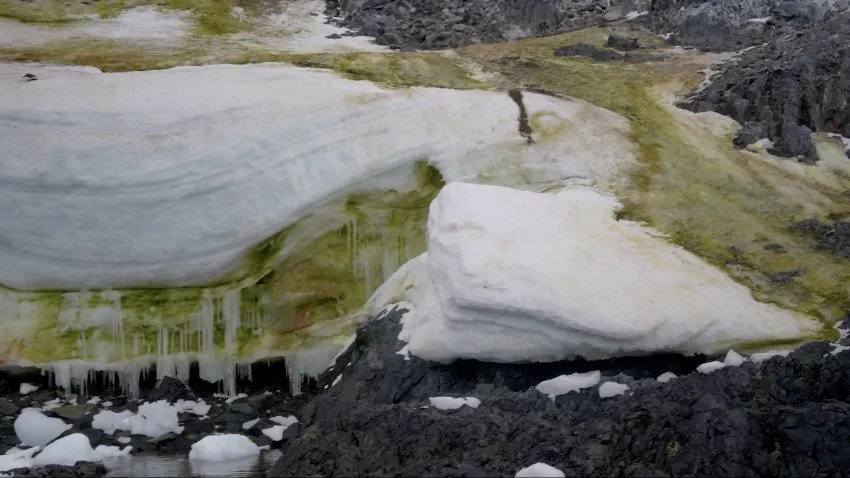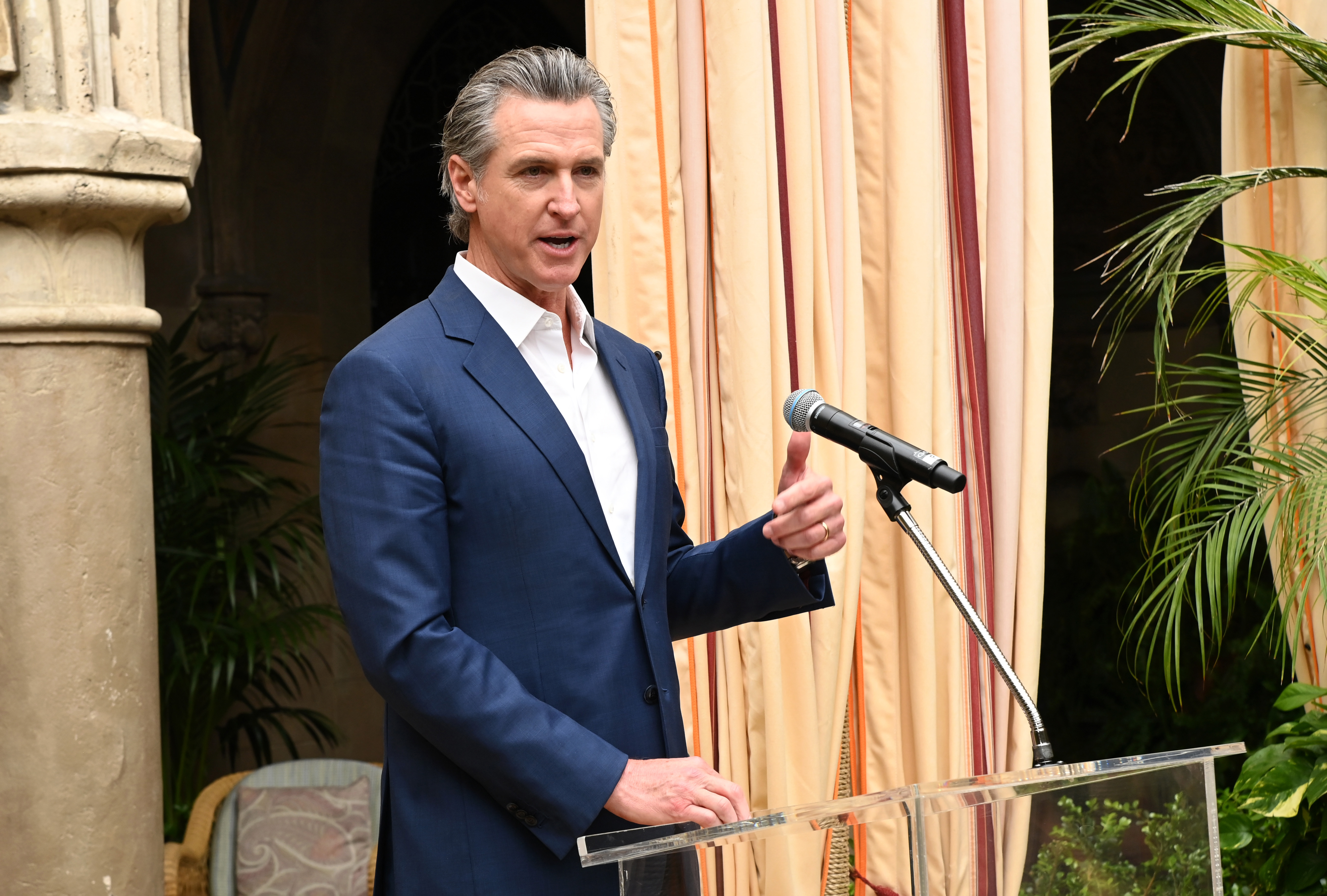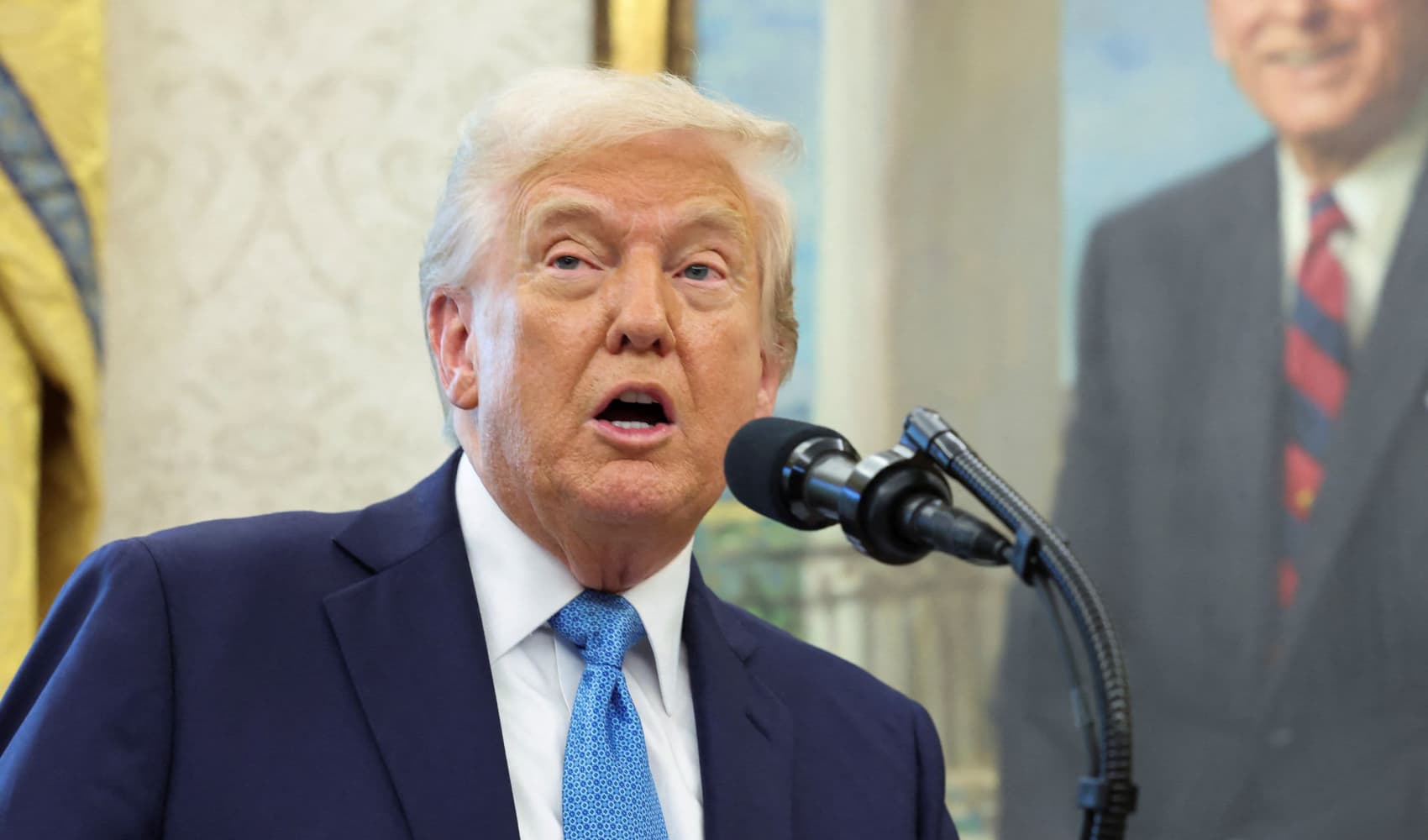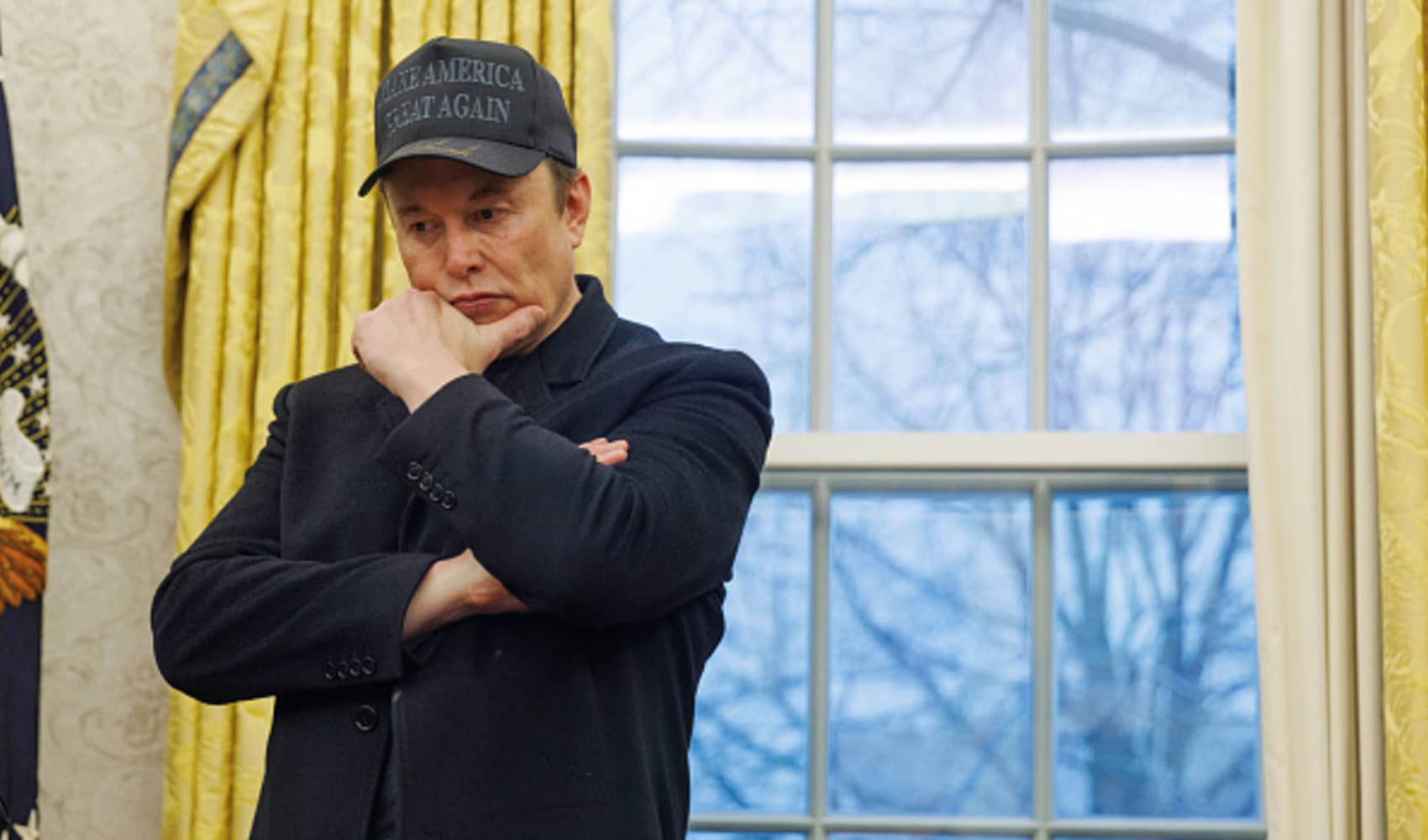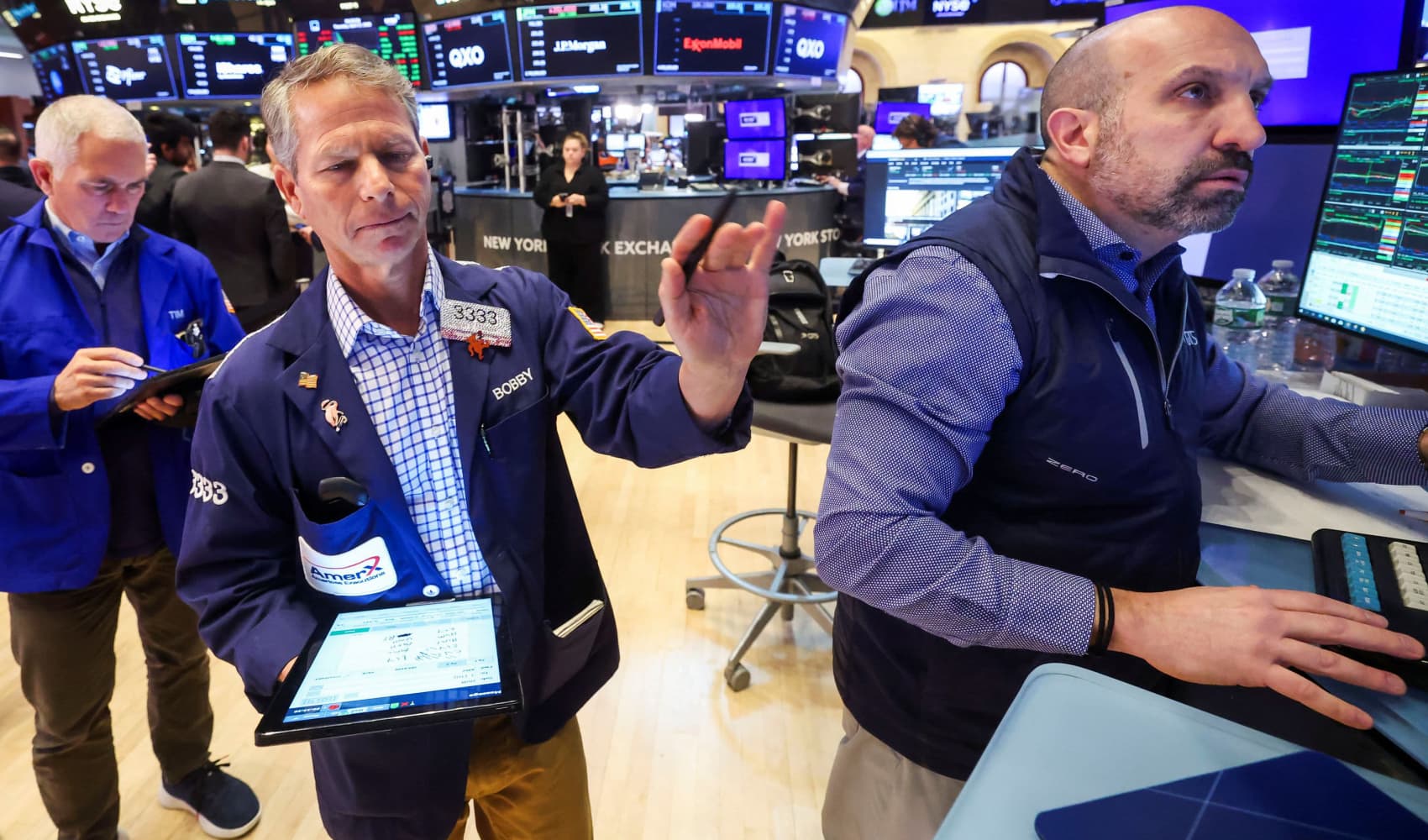Ditch the Dyes: US Aims to Phase Out Artificial Food Colors
Say Goodbye to Artificial Colors? US Officials Push for Food Dye Phase-Out
Introduction: A Colorful Controversy Coming to an End?
Have you ever stopped to wonder what gives your favorite candies their vibrant hues? Chances are, it’s artificial food dyes. But what if those seemingly harmless colors are not so harmless after all? Well, hold onto your hats because US health officials are making a push to phase out these petroleum-based artificial colors from our food supply. It’s a big move, and while details are still emerging, it could mean a significant shift in what we eat.
The Big Announcement: Voluntary Changes on the Horizon
On Tuesday, U.S. health officials, including Food and Drug Administration (FDA) Commissioner Marty Makary, announced their intention to urge food manufacturers to ditch those synthetic dyes. The goal? To eliminate petroleum-based artificial colors from the nation’s food by the end of 2026. But here’s the catch: it's primarily relying on voluntary efforts from the food industry.
"Understanding" vs. "Agreement": Decoding the Diplomacy
“We don't have an agreement, we have an understanding,” Health Secretary Robert F. Kennedy Jr. stated at the press conference. What does that even mean? Well, it seems like the FDA is hoping the food industry will play ball without a formal, legally binding agreement. Think of it like a friendly suggestion with a looming threat of regulation if companies don't comply.
Why Now? Unpacking the Concerns About Artificial Dyes
So, why this sudden change of heart? For years, concerns have been raised about the potential health impacts of artificial food dyes. While the FDA maintains that approved dyes are safe at current levels of consumption, some studies have linked them to hyperactivity in children, allergic reactions, and even cancer in animal studies. Is it worth the risk for a brighter candy?
Hyperactivity Concerns: A Colorful Connection?
The most persistent concern is the connection between artificial food dyes and hyperactivity in children. While research is ongoing and the evidence isn't conclusive, many parents and advocacy groups believe there's a clear link. Think of it as adding fuel to a fire – for some kids, these dyes might be the spark that ignites hyperactivity.
Allergic Reactions: A Less Common but Serious Issue
While less common, allergic reactions to artificial food dyes can be serious. Symptoms can range from mild skin rashes to severe breathing difficulties. If you suspect you or your child may be allergic to a particular dye, it's crucial to consult with a doctor or allergist.
The FDA's Plan: A Three-Pronged Approach
The FDA's plan to phase out artificial dyes appears to involve a multi-pronged approach:
- Establishing Standards and Timelines: The agency will set clear guidelines and deadlines for the food industry to switch to natural alternatives.
- Revoking Authorization for Inactive Dyes: Any dyes not currently in production will have their authorization revoked within weeks.
- Taking Action Against Remaining Dyes: The FDA will take steps to remove remaining dyes from the market, presumably those deemed unsafe or unnecessary.
Natural Alternatives: What Will Replace the Rainbow?
So, if artificial dyes are on their way out, what will replace them? Fortunately, there are plenty of natural alternatives that can provide vibrant colors without the potential health risks.
Beet Juice: A Ruby Red Substitute
Beet juice is a fantastic natural source of red and pink hues. It's already used in many products, from yogurts to beverages.
Turmeric: A Golden Opportunity
Turmeric, a spice commonly used in Indian cuisine, provides a vibrant yellow color. It's a healthy and flavorful alternative.
Annatto: A Seed with a Colorful Secret
Annatto seeds produce a range of colors, from yellow to orange. They're commonly used in cheeses and snacks.
Spirulina: A Blue-Green Algae with Coloring Power
Spirulina, a type of blue-green algae, can provide natural blue and green hues. It's often used in smoothies and supplements.
The Food Industry's Response: Will They Cooperate?
The big question is: how will the food industry respond to this voluntary phase-out? Some companies may embrace the change and switch to natural alternatives, while others may resist due to cost concerns or consumer preferences. It's a wait-and-see game.
Cost Considerations: Will Prices Go Up?
One of the main concerns for the food industry is the potential cost of switching to natural alternatives. Natural dyes can be more expensive and less stable than synthetic dyes, which could lead to higher prices for consumers. Will you be willing to pay a bit more for artificially dye-free products?
Consumer Preferences: Do We Really Need Bright Blue Candy?
Another factor is consumer preference. Some people are used to the vibrant, unnatural colors of artificial dyes and may find natural alternatives less appealing. But do we really need bright blue candy? Maybe it’s time for a shift in our expectations.
Potential Challenges: A Rocky Road Ahead
The FDA's plan isn't without its potential challenges. Enforcing a voluntary phase-out can be tricky, and there's no guarantee that all food manufacturers will comply. Plus, there could be supply chain issues and regulatory hurdles to overcome.
Global Comparisons: What Are Other Countries Doing?
It's worth noting that other countries have already taken steps to restrict or ban certain artificial food dyes. For example, the European Union requires products containing certain dyes to carry a warning label. The US is a little late to the party. Comparing ourselves to these other regulations, allows a perspective on what could or should be next.
The Future of Food Coloring: A More Natural Palette?
Regardless of the challenges, the FDA's announcement signals a potential shift towards a more natural palette in our food supply. This could be a positive step for public health, especially for children who are particularly vulnerable to the potential effects of artificial dyes.
Conclusion: A Step in the Right Direction?
The US health officials' push to phase out artificial food dyes is a significant development. While the plan relies heavily on voluntary efforts from the food industry, it could pave the way for a more natural and healthier food supply. Ultimately, the success of this initiative will depend on the willingness of food manufacturers to cooperate and the ability of the FDA to enforce its standards. The next few years will be interesting to watch as this colorful controversy unfolds.
Frequently Asked Questions (FAQs)
Q: What are artificial food dyes?
A: Artificial food dyes are synthetic color additives derived from petroleum. They're used to add color to a wide range of food products, from candies and beverages to cereals and snacks.
Q: Are artificial food dyes harmful?
A: While the FDA maintains that approved dyes are safe at current levels of consumption, some studies have linked them to hyperactivity in children, allergic reactions, and cancer in animal studies. More research is needed to fully understand their potential health effects.
Q: What are some natural alternatives to artificial food dyes?
A: Natural alternatives include beet juice, turmeric, annatto seeds, spirulina, and other plant-based pigments.
Q: Will this phase-out affect the price of food?
A: It's possible that the switch to natural alternatives could lead to higher prices for some food products, as natural dyes can be more expensive and less stable than synthetic dyes. However, the increase might be minimal.
Q: When will artificial food dyes be completely phased out?
A: The FDA aims to eliminate petroleum-based artificial colors from the nation’s food by the end of 2026, but this timeline depends on voluntary efforts from the food industry.
